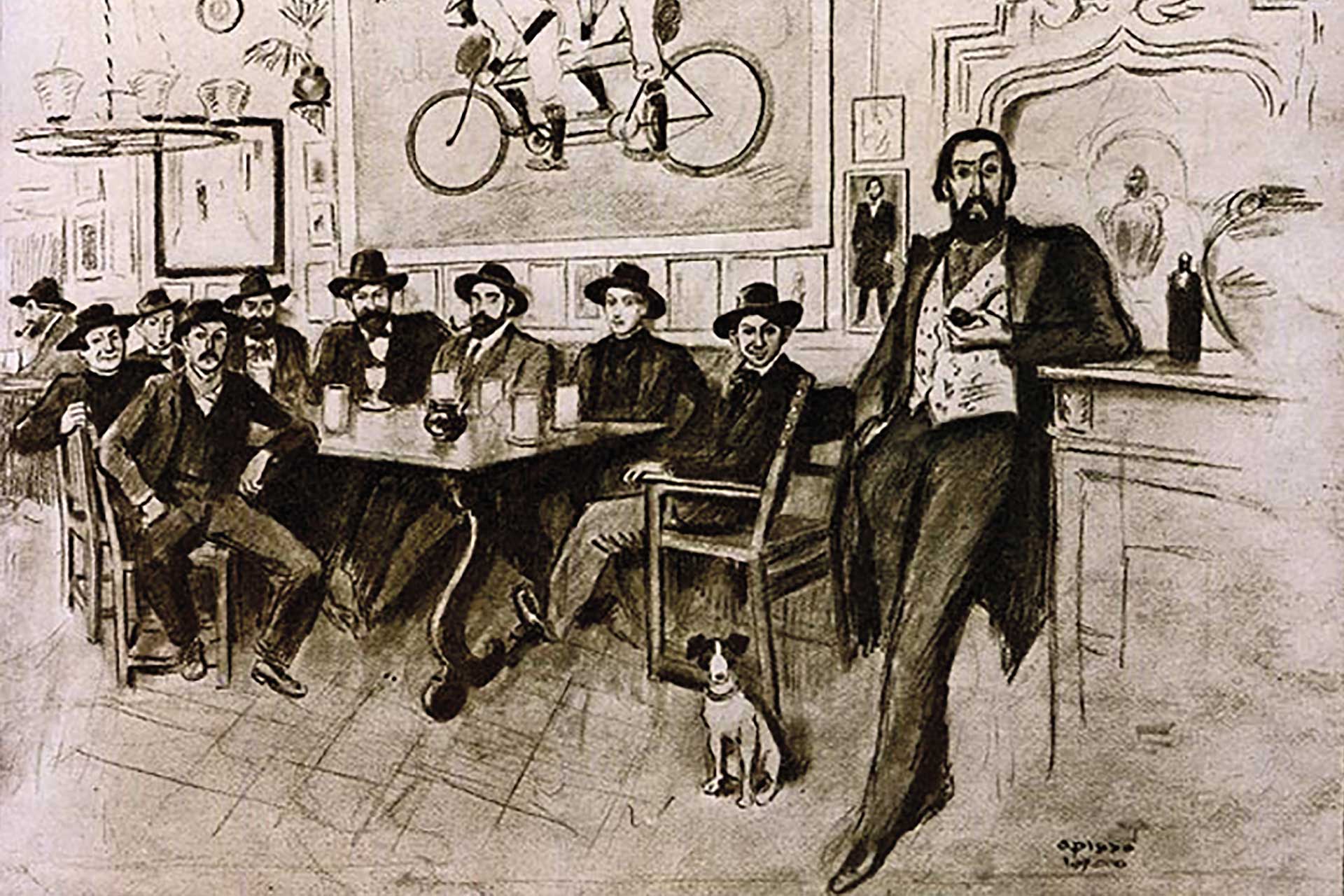History

June 12
This was the year that Pere Romeu and the painters Santiago Rusiñol, Ramon Casas and Miquel Utrillo opened the 4 Gats on the ground floor of Casa Martí on Montsió street. It was created in the image and likeness of the cabaret "Le Chat Noir" in Paris at the height of modernism.
The origin of the name 4Gats arose when Miquel Utrillo and Pere Romeu were shaping the opening of the restaurant and commenting on it to their acquaintances. The most repeated response was "You're going to be four cats!"

Modernism reference
The 4Gats became a meeting point for the cultural talent of those times and the ideological center of the artistic avant-garde of Barcelona. But it wasn't all thought and as Santiago said Rusiñol, the essence of life is the "food of the spirit" that Pere Romeu reflected in the food he prepared, Sient then with clients to energize gatherings in which "the world was arranged" and with the participation of illustrious figures such as Gaudí, Joaquim Mir, Isidre Nonell, Ricard Canals, Adolf Mas, Manolo Hugue, Isaac Albériz, Enric Granados, Lluís Millet or Ricard Opisso among others.
These gatherings were also attended by a 17-year-old boy who had just settled in the city, whose name was Pablo Picasso, who in 1899 made his first individual exhibition of paintings at 4Gats and also created the image of the letter.
The cultural fever that was projected from the restaurant was not limited to drawings and paintings, magazines such as Pèl i Ploma or Quatre Gats itself, but were complemented by the representations of Chinese works so fashionable in Paris at the time.
Past
present
and future
4Gats continues to be a place of inspiration for national and international artists of great recognition. In 2008 in the main room of the restaurant some scenes of the film "Vicky Christina Barcelona" by Woody Allen were shot with Scarlett Johansson, Rebecca Hall and Javier Bardem.









